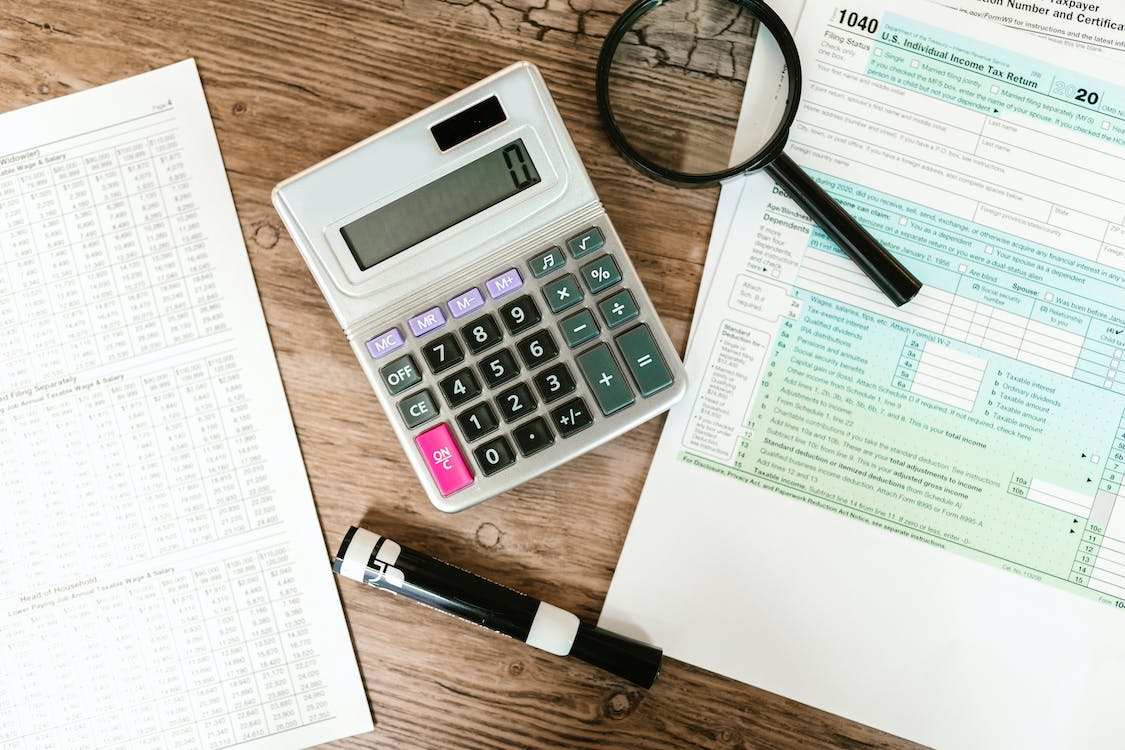What Is The Debt Collection Process?
by Arnab Dey Finance 30 October 2023

The debt collection process is a series of steps that creditors and debt collection agencies follow to recover money owed by individuals or businesses. It typically involves multiple stages, each with specific actions and legal requirements.
Here’s an overview of the debt collection process in different stages:
Pre-Collection Stage
The “Pre-Collection Stage” is the initial phase of the debt collection process, which occurs before a creditor or a collection agency initiates formal collection efforts.
During this stage, the primary goal is to remind the debtor of the outstanding debt and encourage them to make payments without resorting to more aggressive collection measures.
Here’s a closer look at the key components of the Pre-Collection Stage:
Invoice Issuance
The process often begins when a creditor or service provider sends the debtor an invoice or billing statement. This document outlines the debt details, including the amount owed, the due date, and any additional charges or interest.
Invoices serve as a formal request for payment and provide a clear record of the debt owed. To learn more, visit international debt collection.
Reminder Notices
If the debtor does not respond to the initial invoice or misses the payment deadline, creditors may follow up with reminder notices. These notices typically reiterate the debt details and emphasize the need for payment.
Reminder notices may be sent via mail, email, or phone calls, depending on the communication preferences and contact information available for the debtor.
Initial Contact
During this stage, creditors or their representatives may make initial contact with the debtor to discuss the outstanding debt.
The purpose of this contract is to remind the debtor of the obligation to pay and encourage them to settle the debt voluntarily.
Initial Contact Stage
The “Initial Contact Stage” is a pivotal phase in the debt collection process, occurring after the pre-collection efforts and typically initiated by the creditor or their representative.
During this stage, the primary objective is to establish formal communication with the debtor and prompt them to address the outstanding debt.
Here’s a closer look at the key components of the Initial Contact Stage:
Demand Letter
At this stage, creditors or collection agencies send a formal demand letter to the debtor. The demand letter outlines the details of the debt, including the amount owed, the due date, any additional charges or interest, and the creditor’s contact information.
This letter serves as a formal request for payment and emphasizes the urgency of the matter. It also provides a clear timeframe for the debtor to respond and make payment.
Debtor’s Response
In response to the demand letter, debtors have several options:
They may choose to pay the debt in full, resolving the matter.
They could contact the creditor or collection agency to discuss payment arrangements or negotiate a settlement.
Debtors may also dispute the debt if they believe it is invalid or there are errors in the debt claim.
In some cases, debtors may ignore the demand letter, which can lead to further collection efforts.
Negotiation and Resolution
The Initial Contact Stage often allows debtors and creditors to negotiate a resolution. This may include agreeing on a payment plan, a reduced settlement amount, or other terms that both parties find acceptable.
Successful negotiations can lead to the debt being settled without further collection actions.
Documentation
Throughout the Initial Contact Stage, all communication and agreements should be well-documented. This includes keeping records of correspondence, payment agreements, and any disputes the debtor raises.
Collection Agency Involvement
“Collection Agency Involvement” is a significant phase in the debt collection process, typically occurring when creditors or service providers cannot secure payment from debtors through their efforts.
During this stage, the creditor or the original service provider hires a third-party collection agency to assist in recovering the outstanding debt.
Here’s a detailed look at the key components of Collection Agency Involvement:
Assignment to a Collection Agency
When debtors do not respond to the creditor’s initial collection efforts, the creditor may choose to outsource the debt collection process to a specialized collection agency.
The creditor may sell the debt to the collection agency for a percentage of the total debt amount, or they may hire the agency on a contingency basis, where the agency earns a percentage of the amount they successfully collect.
Initial Contact by the Collection Agency
Once the collection agency is engaged, they begin contacting the debtor. The agency typically sends letters and calls the debtor’s known addresses and phone numbers.
The initial communication informs the debtor that the debt has been assigned to the collection agency and requests payment or resolution.
Negotiation and Payment Arrangements
Collection agencies are often authorized to negotiate payment arrangements, settlements, or other debt resolution options on behalf of the creditor.
Debtors may be able to work out a payment plan or agree to a reduced settlement amount with the collection agency.
Documentation and Compliance
Collection agencies must comply with various laws and regulations, such as the Fair Debt Collection Practices Act (FDCPA) in the United States, which outlines rules and guidelines for debt collection activities.
All interactions with the debtor, including correspondence and payment agreements, should be documented to ensure compliance and transparency.
Reporting to Credit Bureaus
Collection agencies may report the debt to credit bureaus, which can negatively impact the debtor’s credit score. This reporting serves as an incentive for debtors to address and resolve the outstanding debt.
Legal Action Preparation
If initial collection efforts by the agency do not yield a resolution, the agency may recommend further legal action to pursue the debt. This can include filing a lawsuit or obtaining a judgment.
Legal Action Stage
The “Legal Action Stage” is a critical phase in the debt collection process, initiated when all previous collection efforts have failed to secure payment from the debtor.
During this stage, the creditor or collection agency resorts to legal means to recover the outstanding debt.
Here’s an in-depth look at the key components of the Legal Action Stage:
Legal Review
Before proceeding with legal action, creditors and collection agencies thoroughly review the debt and the supporting documentation.
This review ensures that there is a valid and legally enforceable debt. To navigate this phase confidently, seek guidance from a commercial debt collection agency.
Filing a Lawsuit
If the decision is made to pursue legal action, the creditor or collection agency files a lawsuit against the debtor in the appropriate court.
The lawsuit outlines the debt’s details, including the amount owed, the terms of the original agreement, and the debtor’s failure to make payment.
Summons and Complaint
Upon filing the lawsuit, the court issues a summons and complaint to notify the debtor of the legal action. The summons informs the debtor about the lawsuit, their rights, and their response time.
Debtor’s Response
The debtor must respond to the summons and complaint within a specific period, typically by filing an answer in which they admit, deny, or assert counterclaims related to the debt.
Legal Proceedings
If the debtor contests the lawsuit, legal proceedings may follow. This phase may involve court hearings, discovery (evidence gathering), and contract negotiations.
If the court rules in favor of the creditor, a judgment is issued in their favor, confirming the debt’s validity and specifying the amount owed.
Final Stage: Post-Judgment
The “Post-Judgment Stage” in the debt collection process follows the successful attainment of a court judgment in favor of the creditor.
Once a judgment is secured, the creditor gains the legal authority to take various actions to enforce the judgment and collect the outstanding debt. This stage often involves tactics such as wage garnishment, bank account levies, property liens, and other legal measures permitted by law to satisfy the debt.
Debtors may still be able to negotiate payment arrangements or settlements, which the court must approve. The ultimate aim of the Post-Judgment Stage is to recover the debt through these legally sanctioned means, closing the debt collection process.
It’s crucial for both parties to abide by the court’s directives and to adhere to the legal framework governing post-judgment collections.
Read Also:







































































































